Home>Gardening & Outdoor>Pool & Spa Care>How Do You Raise The PH In A Hot Tub
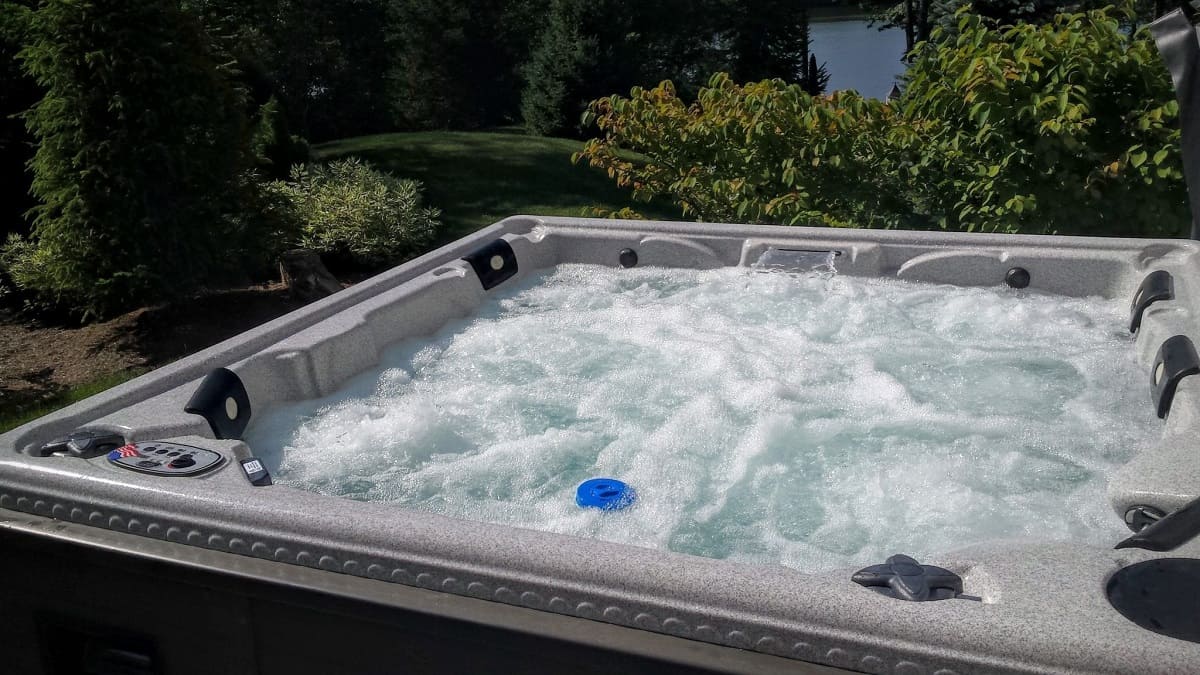

Pool & Spa Care
How Do You Raise The PH In A Hot Tub
Modified: February 25, 2024
Learn effective methods for raising the pH in your hot tub with our expert pool and spa care tips. Keep your water balanced and safe for a relaxing soak.
(Many of the links in this article redirect to a specific reviewed product. Your purchase of these products through affiliate links helps to generate commission for Storables.com, at no extra cost. Learn more)
Introduction
Owning a hot tub is a luxurious and enjoyable experience, providing a soothing retreat from the hustle and bustle of daily life. However, ensuring that your hot tub water is properly balanced is crucial for maintaining a safe and comfortable environment. One of the key factors in water balance is the pH level. In this article, we will explore the significance of pH in hot tubs and discuss effective methods for raising the pH when it falls below the recommended range.
Maintaining the correct pH level in your hot tub is essential for several reasons. Firstly, pH directly influences the effectiveness of your sanitizer, such as chlorine or bromine. If the pH level is too low, the sanitizer becomes more potent but can also be harsh on the skin and eyes. Conversely, if the pH is too high, the sanitizer's ability to effectively kill bacteria and algae is compromised. Additionally, an imbalanced pH can lead to corrosion of metal components in the hot tub and cause scaling on the surfaces.
Understanding how to manage the pH level in your hot tub empowers you to create a safe, comfortable, and enjoyable environment for soaking. Whether you are a seasoned hot tub owner or a newcomer to the world of water care, having a solid grasp of pH maintenance is essential for the longevity of your hot tub and the well-being of its users.
In the following sections, we will delve into the intricacies of pH in hot tubs, including testing methods, and explore practical techniques for raising the pH level when it dips below the optimal range. By the end of this article, you will have a comprehensive understanding of the importance of pH balance and the knowledge to confidently maintain the ideal pH level in your hot tub, ensuring a delightful and relaxing experience for all who indulge in its warm embrace.
Key Takeaways:
- Maintaining the right pH level in your hot tub is crucial for a safe and enjoyable soak. Regular testing and using pH increasers or baking soda can help restore balance and create a comfortable environment for all users.
- Understanding the relationship between alkalinity and pH is important for keeping your hot tub water balanced. By testing, adjusting, and monitoring pH and alkalinity, you can ensure a delightful soaking experience for everyone.
Read more: How Do You Lower The PH In A Hot Tub
Understanding pH in Hot Tubs
Before delving into the methods of raising the pH in a hot tub, it’s essential to comprehend the role of pH in water chemistry. The term “pH” refers to the measurement of the acidity or alkalinity of a solution on a scale of 0 to 14, with 7 being neutral. In the context of hot tubs, the ideal pH range typically falls between 7.2 and 7.8, slightly on the alkaline side. This range provides an environment that is comfortable for bathers and conducive to effective sanitizer performance.
When the pH level in a hot tub deviates from the recommended range, it can lead to various issues. A low pH (below 7.2) makes the water more acidic, which can cause skin and eye irritation, corrode metal components, and reduce the effectiveness of the sanitizer. On the other hand, a high pH (above 7.8) creates an alkaline environment, potentially resulting in cloudy water, scale formation, and diminished sanitizer efficacy.
Factors that can influence pH levels in a hot tub include bather usage, the addition of new water, and the type of sanitizing products used. Understanding these influences is crucial for maintaining the pH within the optimal range.
Regular testing and monitoring of the pH level is vital for hot tub maintenance. This can be done using test strips or liquid test kits specifically designed for hot tub water. By staying proactive and testing the pH at least twice a week, hot tub owners can promptly identify any deviations from the ideal range and take corrective measures to rebalance the water.
By comprehending the significance of pH in hot tub water and recognizing the potential consequences of imbalanced pH levels, hot tub owners can effectively prioritize the maintenance of this critical aspect of water chemistry. With this understanding in place, we can now explore the practical methods for raising the pH in a hot tub when it falls below the recommended threshold.
Testing the pH Level
Regularly testing the pH level of your hot tub water is a fundamental aspect of water care maintenance. By monitoring the pH, hot tub owners can ensure that the water remains within the optimal range for safe and enjoyable soaking. There are various methods for testing the pH level, each offering its own advantages and ease of use.
One of the most common methods for testing pH is through the use of test strips. These strips are designed to provide a quick and convenient way to measure the pH, as well as other water parameters such as sanitizer levels and total alkalinity. To use test strips, simply dip a strip into the hot tub water for a few seconds, then compare the color changes on the strip to the color chart provided by the manufacturer. This allows for a rapid assessment of the pH level, enabling prompt adjustments if necessary.
Another method for testing pH involves liquid test kits. These kits typically include reagents and a testing vial to measure the pH of the water. While they may require a bit more time and precision compared to test strips, liquid test kits are known for their accuracy and reliability. By following the instructions provided with the kit, hot tub owners can obtain a precise pH reading, allowing for precise adjustments to be made.
Regardless of the testing method chosen, it is important to test the pH at least twice a week, especially during periods of heavy usage or after significant water additions. This frequency allows for the early detection of any pH fluctuations, enabling proactive measures to maintain the water within the recommended range.
By regularly testing the pH level of the hot tub water, hot tub owners can stay ahead of potential imbalances, ensuring that the water remains comfortable, safe, and conducive to effective sanitizer performance. With a solid understanding of pH testing methods in place, we can now explore the practical techniques for raising the pH level when it falls below the optimal range.
Using pH Increaser to Raise pH
When the pH of your hot tub water falls below the recommended range, using a pH increaser is an effective method for raising the pH and restoring balance to the water. pH increasers, also known as pH up or pH plus, are chemical products specifically formulated to elevate the pH level of acidic water.
Before adding a pH increaser to your hot tub, it is essential to test the current pH level using a reliable testing method such as test strips or a liquid test kit. This initial measurement serves as a baseline for determining the appropriate amount of pH increaser needed to reach the desired pH range.
When adding a pH increaser, it is crucial to follow the manufacturer’s instructions regarding the recommended dosage. This information is typically based on the volume of water in the hot tub and the current pH level. Carefully measuring and adding the pH increaser helps prevent overcorrection, ensuring that the pH gradually reaches the target range without overshooting.
After adding the pH increaser, it is advisable to circulate the water using the hot tub’s pump to facilitate even distribution of the product. This circulation aids in achieving uniform pH levels throughout the hot tub, preventing localized variations that may impact water balance and bather comfort.
Following the addition of a pH increaser, it is important to retest the water after a short period to verify that the pH has reached the desired range. If necessary, further adjustments can be made based on the updated pH reading, ensuring that the water remains within the recommended parameters for optimal soaking conditions.
Using a pH increaser to raise the pH in a hot tub is a straightforward and effective method for addressing low pH levels. By carefully following the dosage instructions and conducting subsequent pH tests, hot tub owners can confidently maintain the water’s pH within the ideal range, promoting a comfortable and enjoyable soaking experience for all users.
To raise the pH in a hot tub, you can add pH increaser or soda ash. Follow the instructions on the product carefully and test the water after adding to ensure the pH is within the proper range.
Adding Baking Soda to Raise pH
When faced with low pH levels in a hot tub, adding baking soda is a natural and cost-effective method for raising the pH and restoring balance to the water. Baking soda, also known as sodium bicarbonate, serves as a gentle alkaline substance that can effectively elevate the pH without causing drastic fluctuations.
Prior to adding baking soda to the hot tub, it is essential to test the current pH level using a reliable testing method such as test strips or a liquid test kit. This initial measurement provides a baseline for determining the appropriate amount of baking soda needed to raise the pH to the desired range.
When adding baking soda, it is crucial to do so gradually, allowing time for the product to dissolve and disperse evenly in the water. This gradual approach helps prevent sudden pH spikes and ensures a controlled adjustment process. The recommended dosage of baking soda can vary based on the hot tub’s water volume and the magnitude of pH adjustment required.
After adding baking soda to the hot tub, it is advisable to circulate the water using the hot tub’s pump to facilitate thorough mixing and distribution of the product. Proper circulation helps achieve uniform pH levels throughout the water, preventing localized variations that may impact water balance and bather comfort.
Following the addition of baking soda, it is important to retest the water after a short period to verify that the pH has reached the desired range. If necessary, further adjustments can be made based on the updated pH reading, ensuring that the water remains within the recommended parameters for an optimal soaking environment.
Adding baking soda to raise the pH in a hot tub offers a natural and gentle approach to pH adjustment, providing hot tub owners with an effective means of restoring water balance. By carefully monitoring the pH levels and conducting subsequent tests, hot tub enthusiasts can confidently maintain the water’s pH within the ideal range, promoting a comfortable and enjoyable soaking experience for all users.
Read more: How Do You Raise The Ph In A Swimming Pool
Balancing Alkalinity and pH
Understanding the relationship between alkalinity and pH is crucial for maintaining balanced and healthy hot tub water. Total alkalinity acts as a buffer, helping to stabilize the pH level and prevent rapid fluctuations. When addressing pH issues, it is essential to consider and, if necessary, adjust the total alkalinity to ensure optimal water balance.
Before making any adjustments to alkalinity or pH, it is important to test the water using a reliable testing method such as test strips or a liquid test kit. This initial assessment provides valuable information about the current alkalinity and pH levels, serving as a basis for determining the appropriate corrective measures.
If the alkalinity is outside the recommended range (typically 80-120 parts per million, or ppm), it may impact the pH stability and should be adjusted accordingly. To raise total alkalinity, hot tub owners can use alkalinity increaser products, following the manufacturer’s instructions for the appropriate dosage based on the water volume and the degree of adjustment needed.
Once the total alkalinity is within the optimal range, attention can be directed toward addressing the pH level. If the pH is too low, indicating acidity, and the total alkalinity is within the recommended range, adding a pH increaser or baking soda can effectively raise the pH to the desired level. Similarly, if the pH is too high, indicating alkalinity, a pH decreaser or muriatic acid can be used to lower the pH.
It is important to note that adjusting total alkalinity or pH should be done gradually, allowing time for the water to circulate and the adjustments to take effect. After making any changes, retesting the water after a short period is essential to ensure that the desired levels have been achieved. This iterative process allows for precise and controlled adjustments, promoting stable and balanced water chemistry.
By addressing both alkalinity and pH in a methodical and informed manner, hot tub owners can effectively maintain water balance, creating a comfortable and enjoyable environment for soaking. Regular monitoring and testing of alkalinity and pH levels, coupled with proactive adjustments when necessary, are key practices for preserving the quality of hot tub water and ensuring a delightful soaking experience for all users.
Conclusion
Maintaining the proper pH level in a hot tub is essential for creating a safe, comfortable, and enjoyable soaking experience. By understanding the significance of pH in water chemistry and recognizing the potential consequences of imbalanced pH levels, hot tub owners can effectively prioritize the maintenance of this critical aspect of water care.
Regular testing and monitoring of the pH level, along with total alkalinity, provides hot tub enthusiasts with valuable insights into the water’s balance and stability. Utilizing reliable testing methods such as test strips or liquid test kits allows for proactive identification of any deviations from the ideal range, enabling prompt corrective measures to be taken.
When the pH level falls below the recommended range, hot tub owners have several effective methods for raising the pH. Utilizing pH increasers or adding baking soda provides straightforward and practical approaches to restoring water balance. These methods, when applied with care and precision, allow for controlled adjustments that align the pH with the optimal range, promoting a comfortable and inviting soaking environment.
Furthermore, understanding the interplay between alkalinity and pH is essential for maintaining stable water chemistry. By addressing both alkalinity and pH in a methodical and informed manner, hot tub owners can effectively manage water balance, ensuring a delightful soaking experience for all users.
In conclusion, a comprehensive understanding of pH maintenance in hot tubs empowers owners to create a safe, comfortable, and enjoyable environment for soaking. By prioritizing regular testing, proactive adjustments, and a holistic approach to water balance, hot tub enthusiasts can confidently maintain the ideal pH level, promoting a delightful and relaxing experience for all who indulge in the warm embrace of the hot tub.
Frequently Asked Questions about How Do You Raise The PH In A Hot Tub
Was this page helpful?
At Storables.com, we guarantee accurate and reliable information. Our content, validated by Expert Board Contributors, is crafted following stringent Editorial Policies. We're committed to providing you with well-researched, expert-backed insights for all your informational needs.
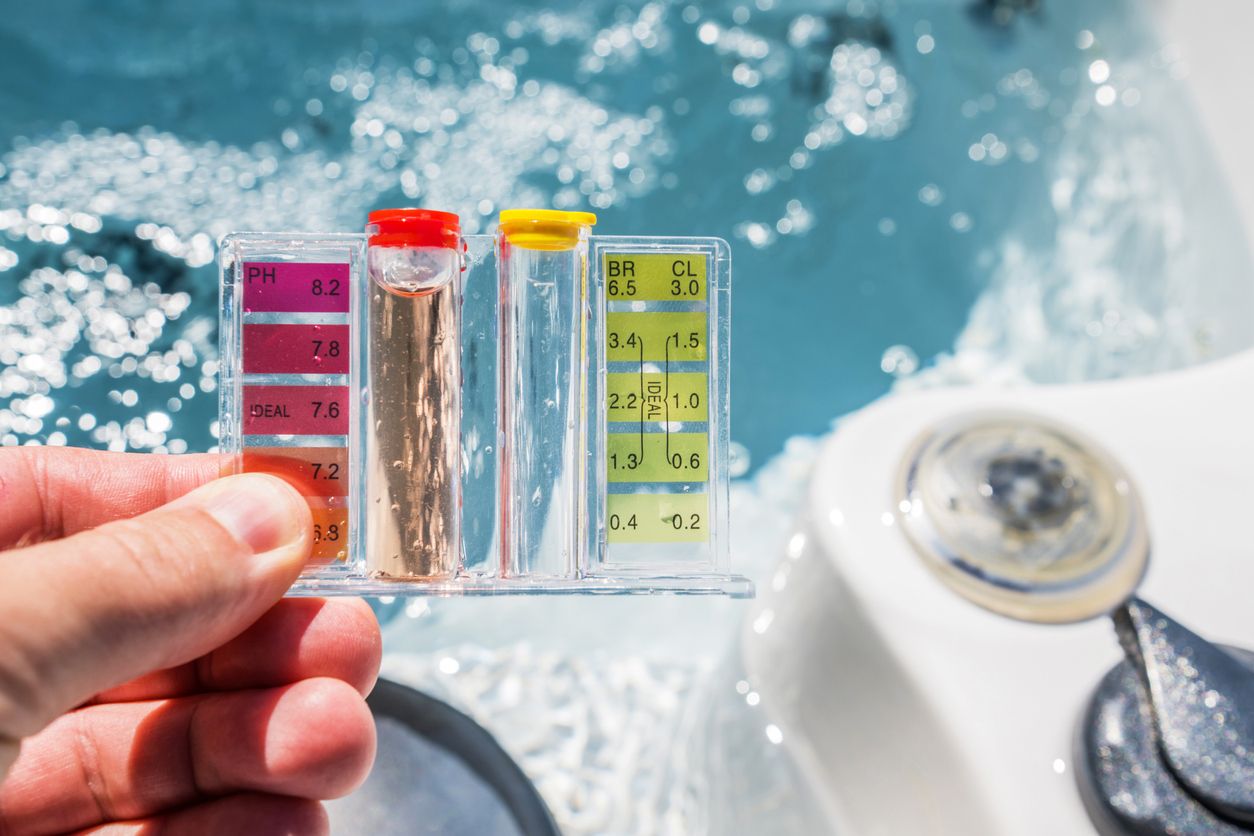

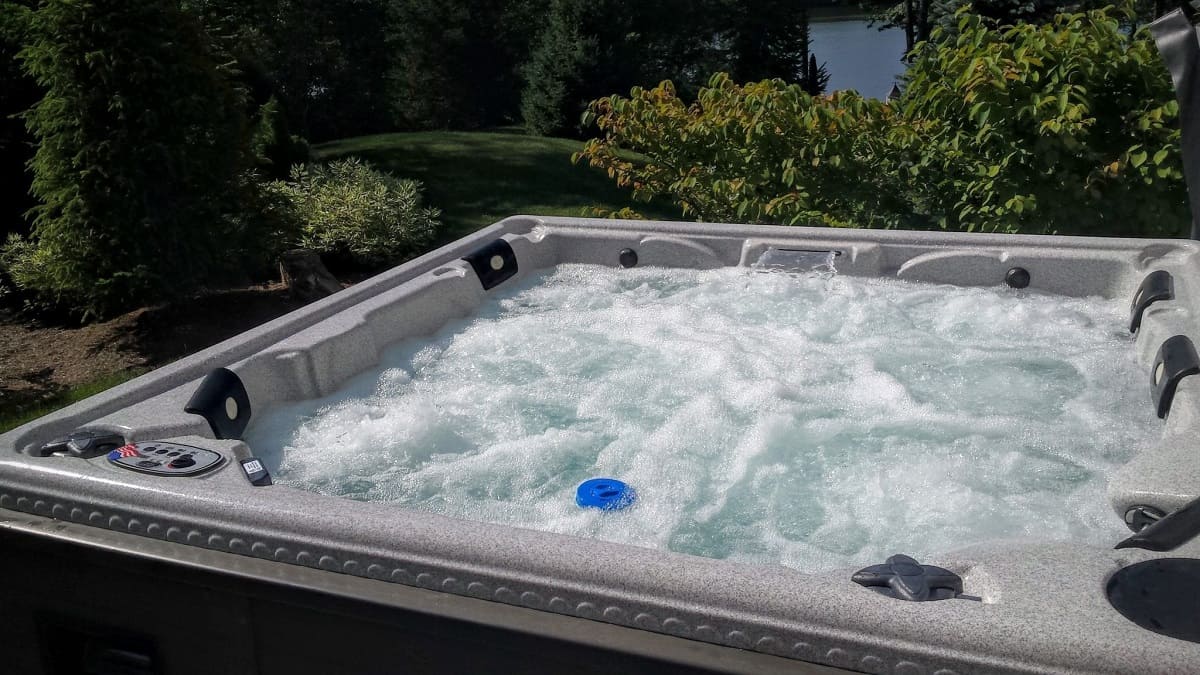
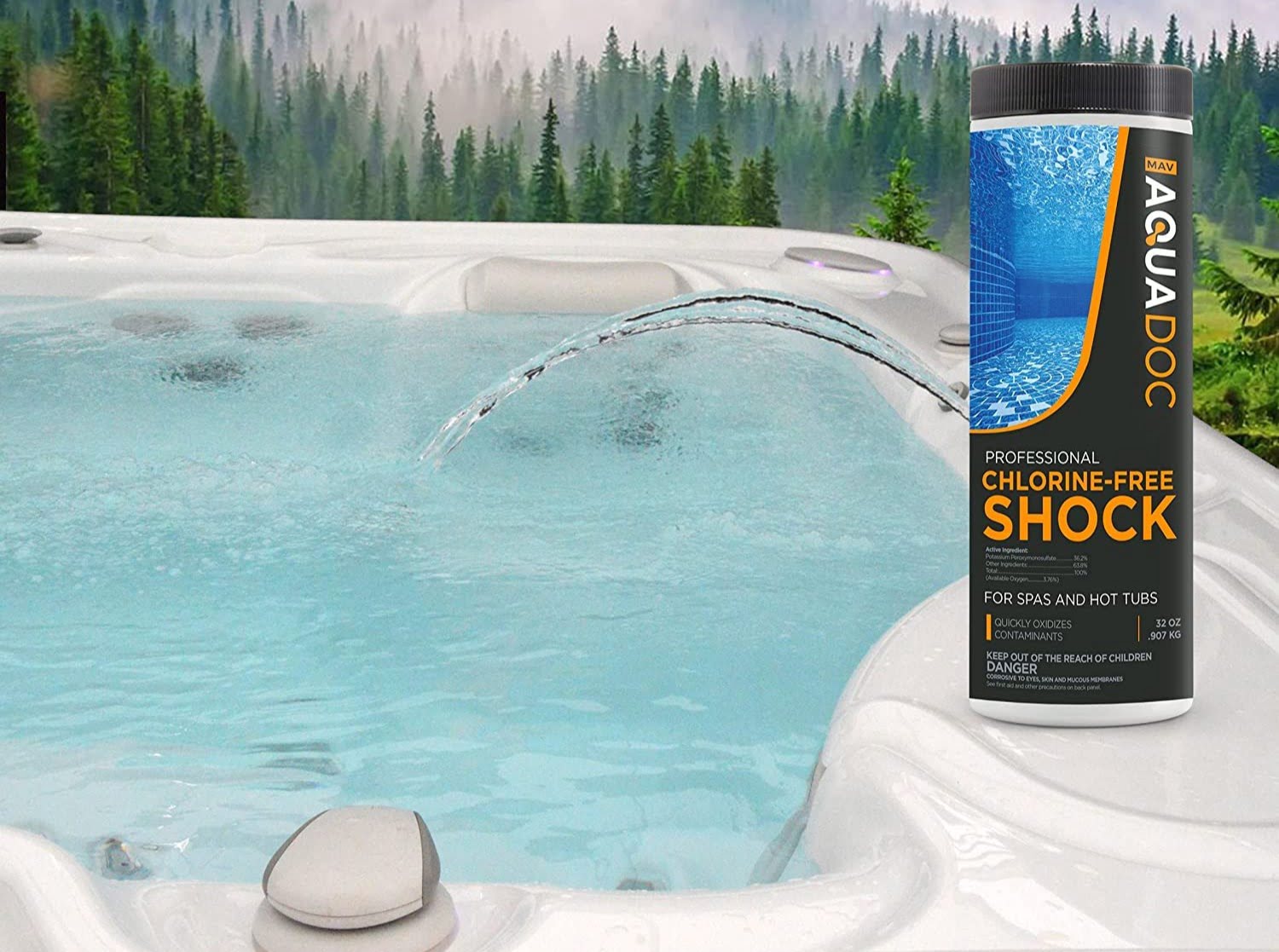
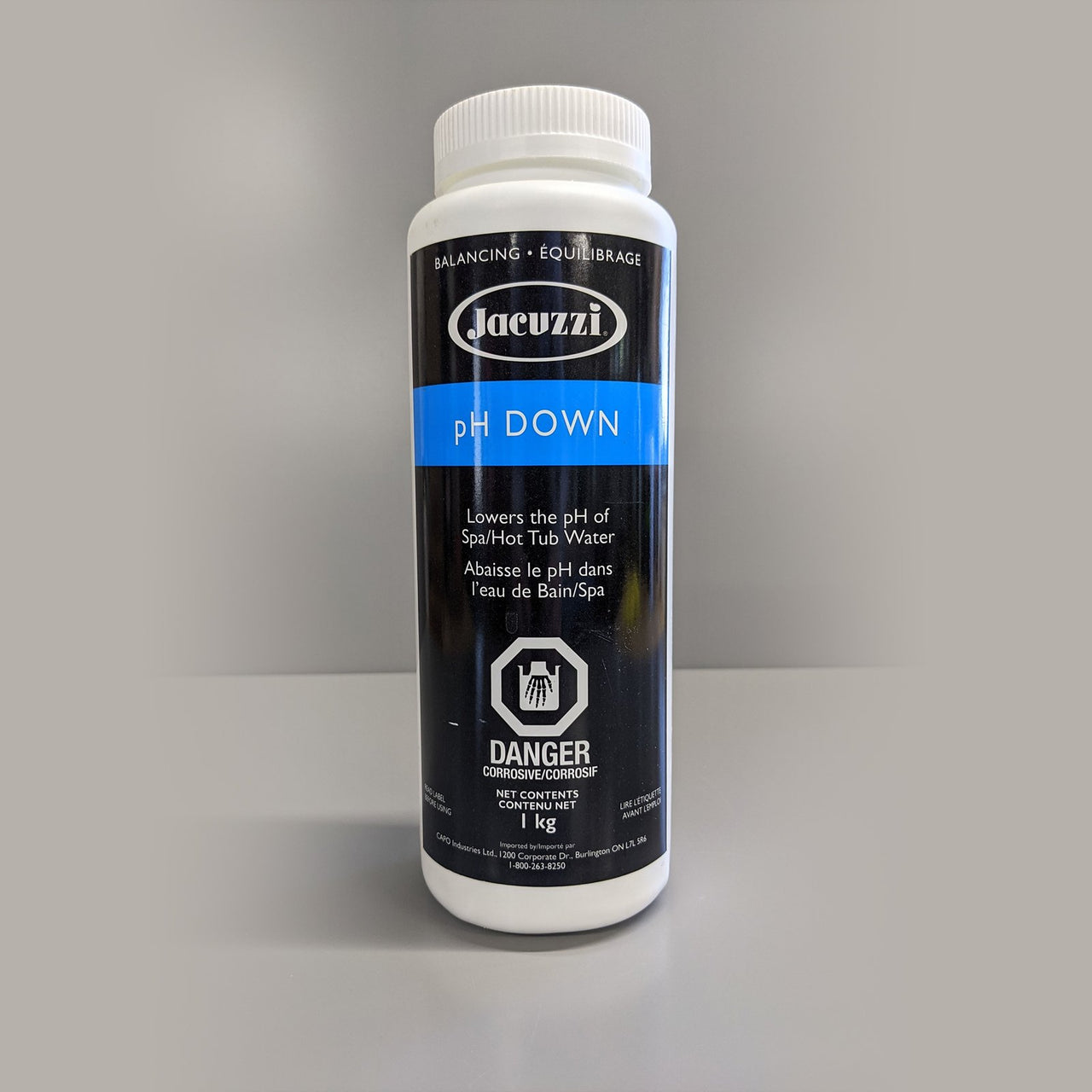


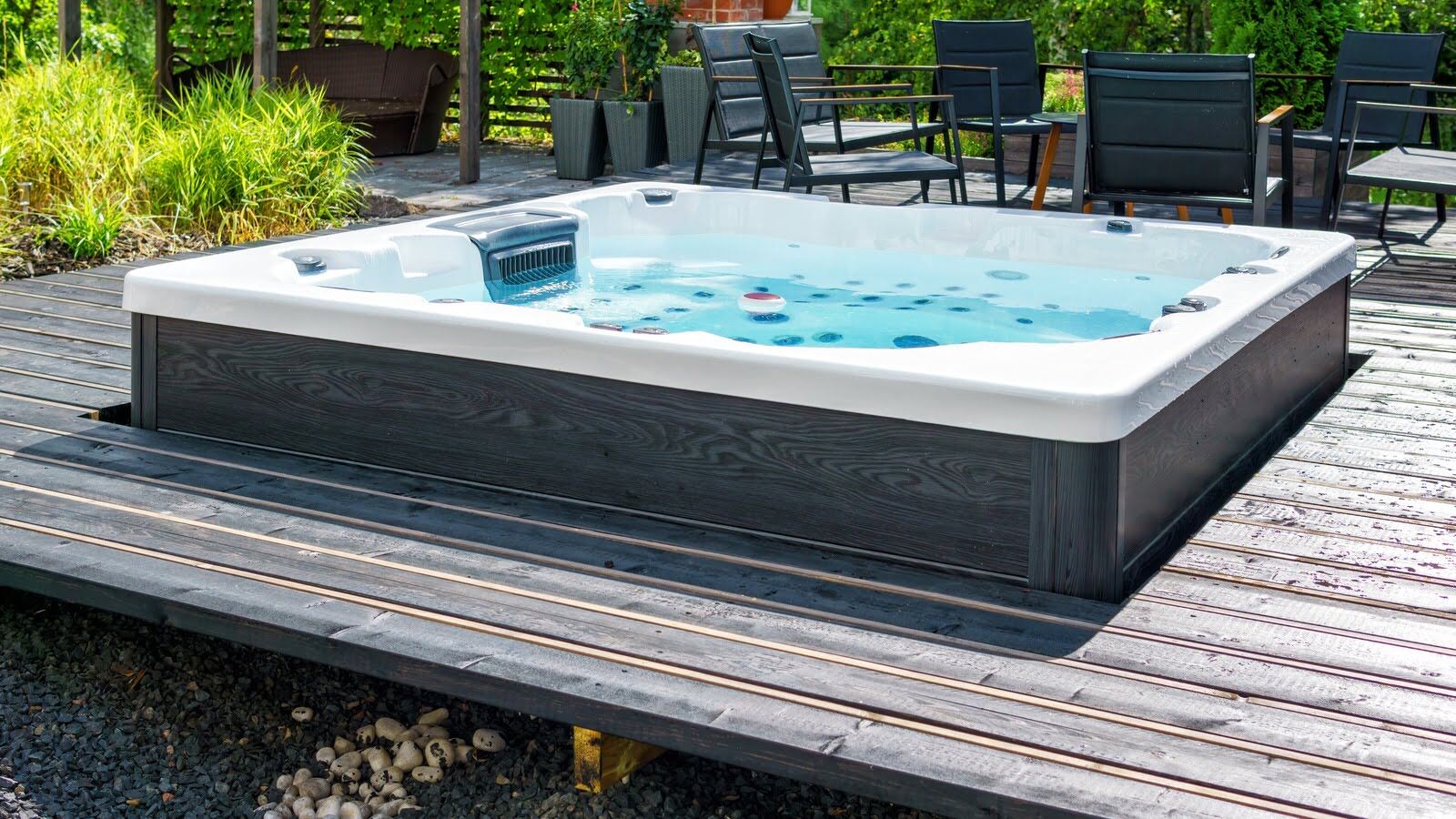
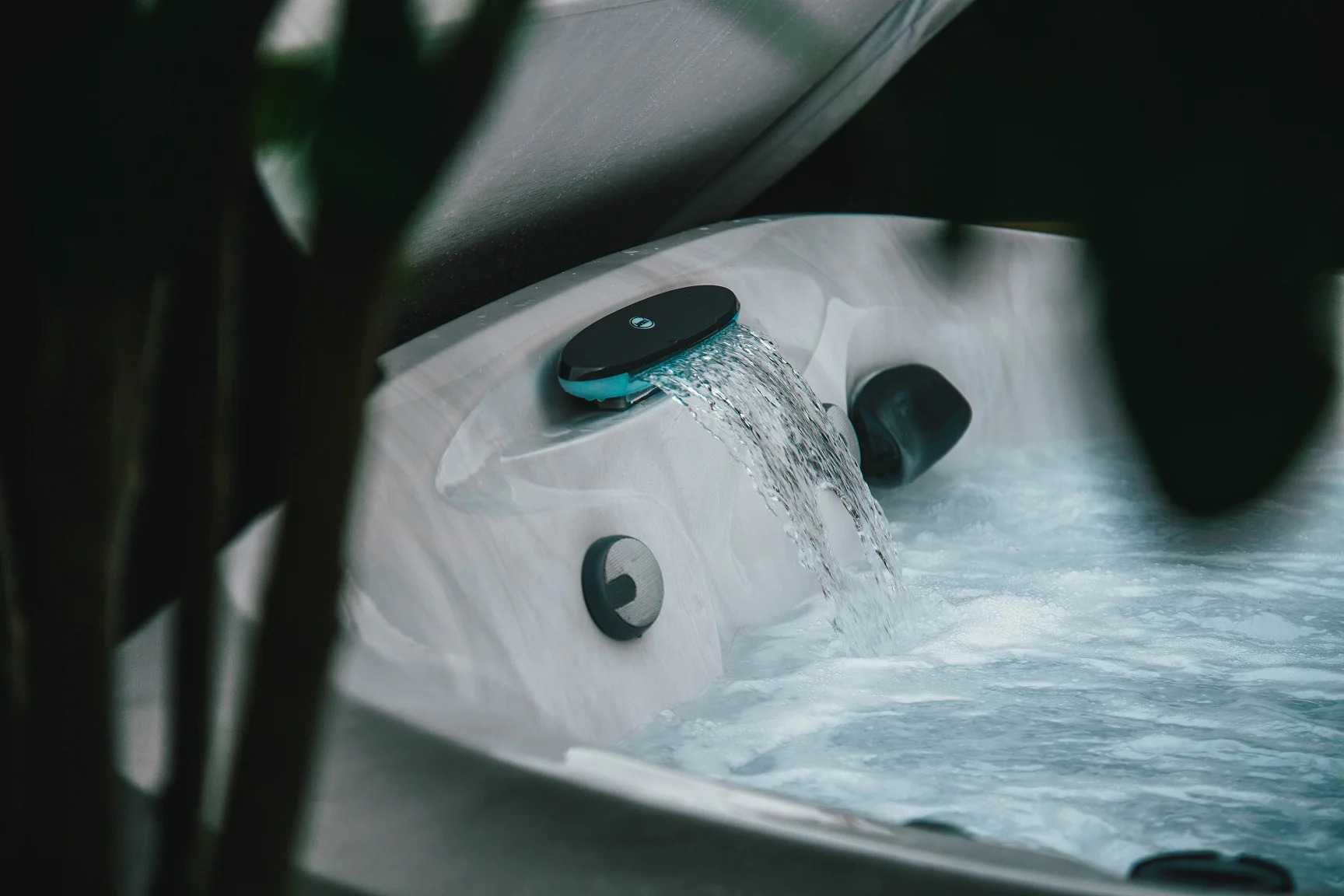

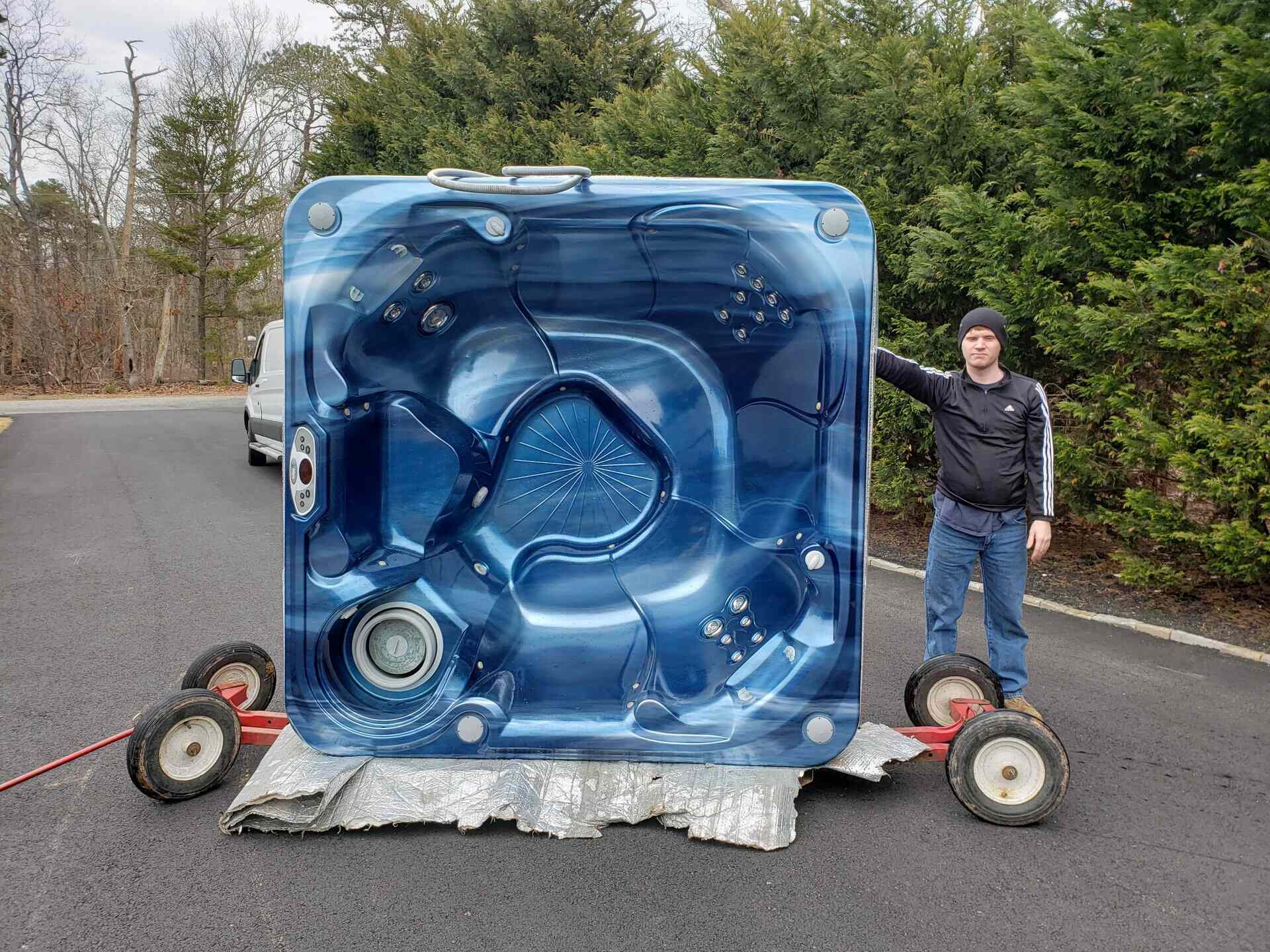
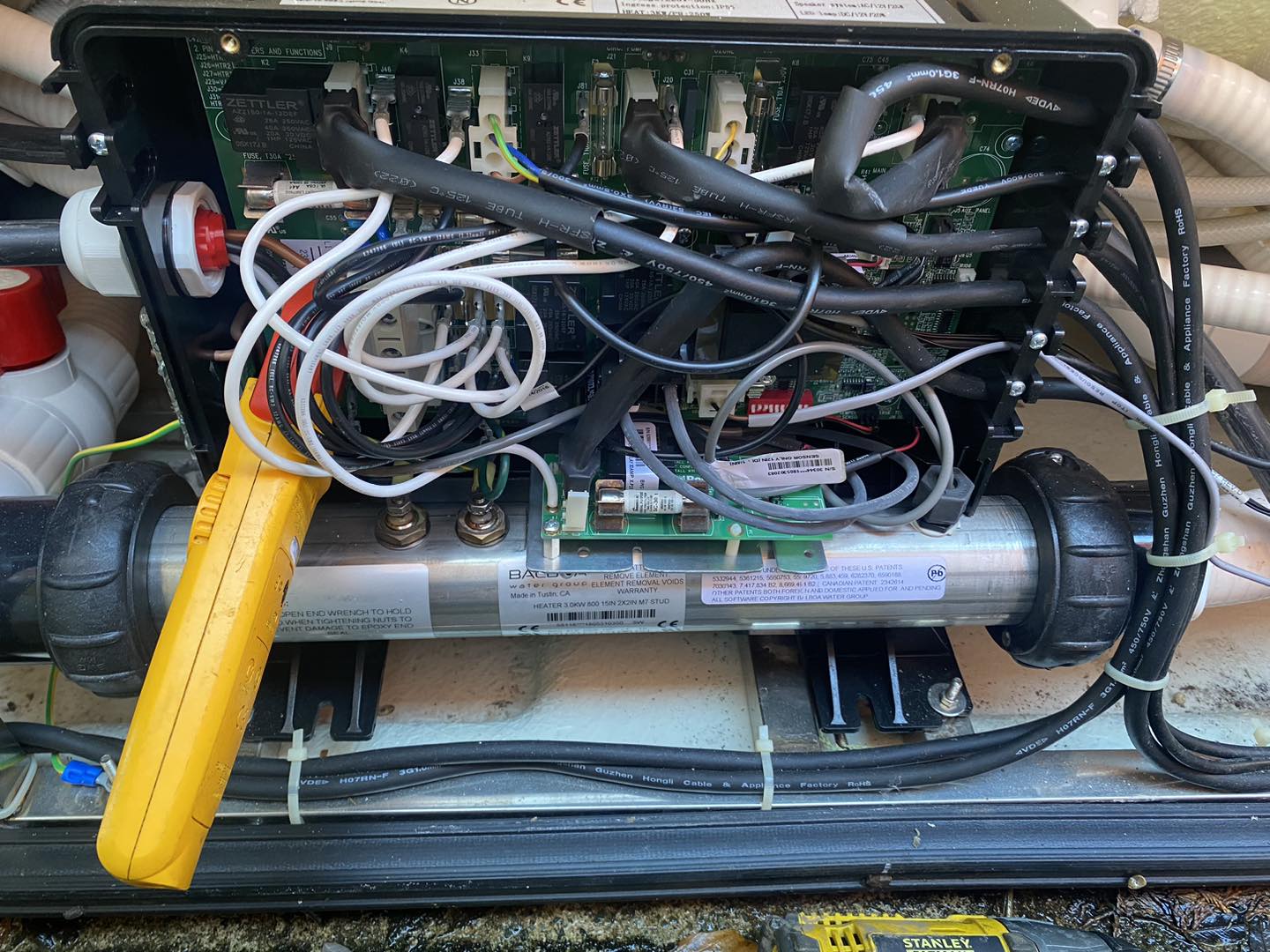
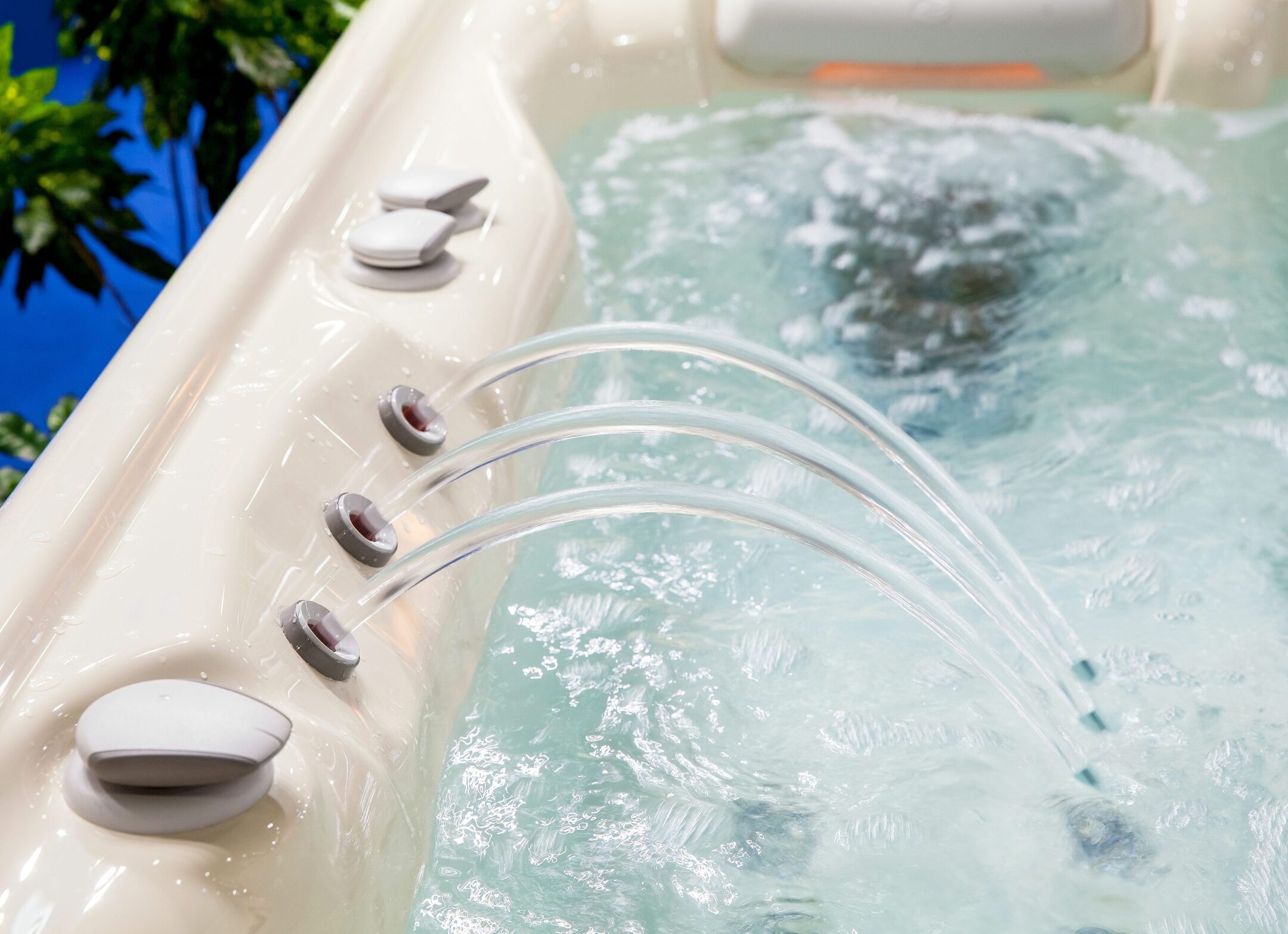


0 thoughts on “How Do You Raise The PH In A Hot Tub”